Quantitative phosphoproteomic analysis of the molecular substrates of sleep need
- PMID: 29899451
- PMCID: PMC6350790
- DOI: 10.1038/s41586-018-0218-8
Quantitative phosphoproteomic analysis of the molecular substrates of sleep need
Abstract
Sleep and wake have global effects on brain physiology, from molecular changes1-4 and neuronal activities to synaptic plasticity3-7. Sleep-wake homeostasis is maintained by the generation of a sleep need that accumulates during waking and dissipates during sleep8-11. Here we investigate the molecular basis of sleep need using quantitative phosphoproteomic analysis of the sleep-deprived and Sleepy mouse models of increased sleep need. Sleep deprivation induces cumulative phosphorylation of the brain proteome, which dissipates during sleep. Sleepy mice, owing to a gain-of-function mutation in the Sik3 gene 12 , have a constitutively high sleep need despite increased sleep amount. The brain proteome of these mice exhibits hyperphosphorylation, similar to that seen in the brain of sleep-deprived mice. Comparison of the two models identifies 80 mostly synaptic sleep-need-index phosphoproteins (SNIPPs), in which phosphorylation states closely parallel changes of sleep need. SLEEPY, the mutant SIK3 protein, preferentially associates with and phosphorylates SNIPPs. Inhibition of SIK3 activity reduces phosphorylation of SNIPPs and slow wave activity during non-rapid-eye-movement sleep, the best known measurable index of sleep need, in both Sleepy mice and sleep-deprived wild-type mice. Our results suggest that phosphorylation of SNIPPs accumulates and dissipates in relation to sleep need, and therefore SNIPP phosphorylation is a molecular signature of sleep need. Whereas waking encodes memories by potentiating synapses, sleep consolidates memories and restores synaptic homeostasis by globally downscaling excitatory synapses4-6. Thus, the phosphorylation-dephosphorylation cycle of SNIPPs may represent a major regulatory mechanism that underlies both synaptic homeostasis and sleep-wake homeostasis.
Conflict of interest statement
The authors declare no competing financial interests.
Figures
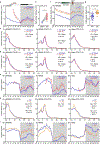
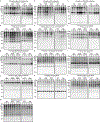

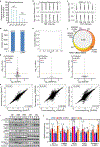


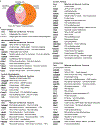

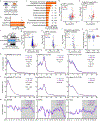
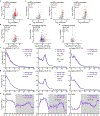




Comment in
-
Sleep it off.Nat Rev Neurosci. 2018 Aug;19(8):444. doi: 10.1038/s41583-018-0037-9. Nat Rev Neurosci. 2018. PMID: 29946158 No abstract available.
References
-
- Cirelli C & Tononi G Changes in anti-phosphoserine and anti-phosphothreonine antibody binding during the sleep-waking cycle and after lesions of the locus coeruleus. Sleep research online : SRO 1, 11–18 (1998). - PubMed
Publication types
MeSH terms
Substances
Grants and funding
LinkOut - more resources
Full Text Sources
Other Literature Sources

